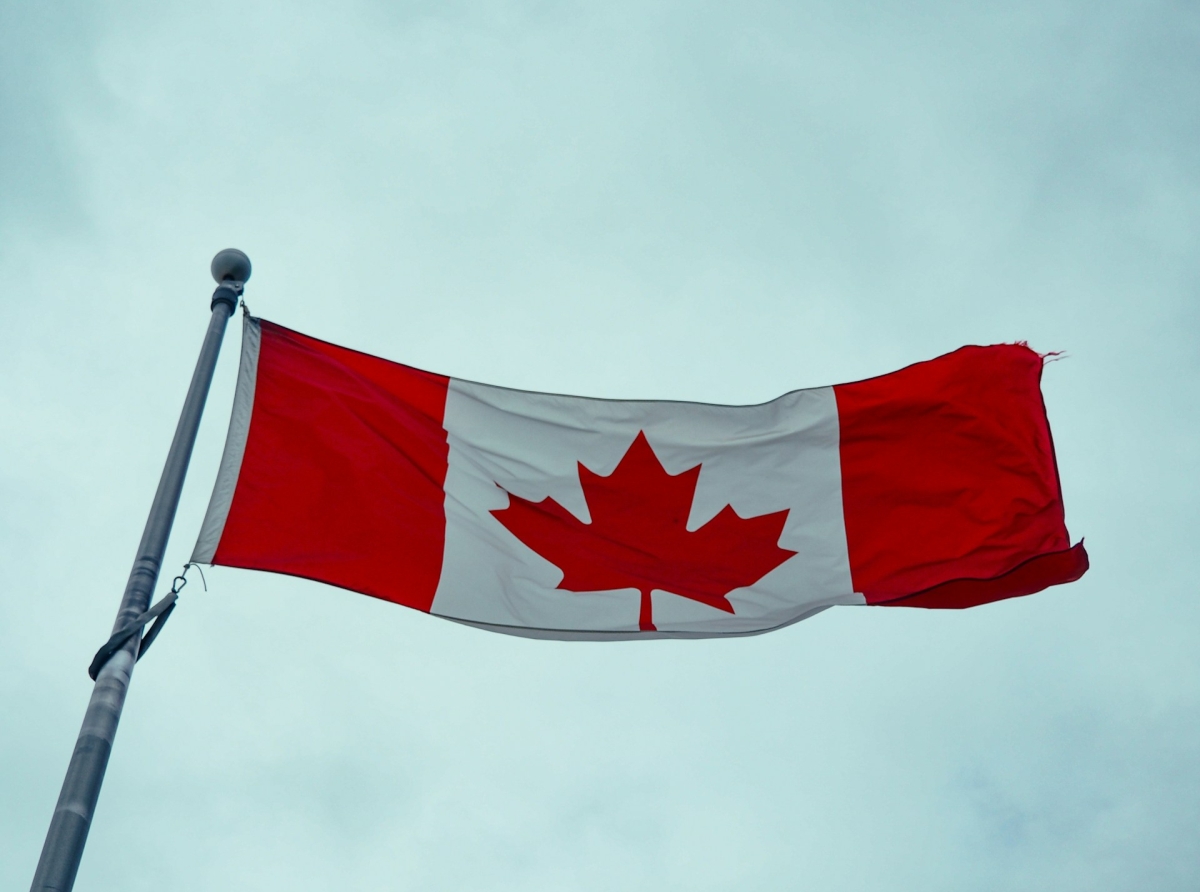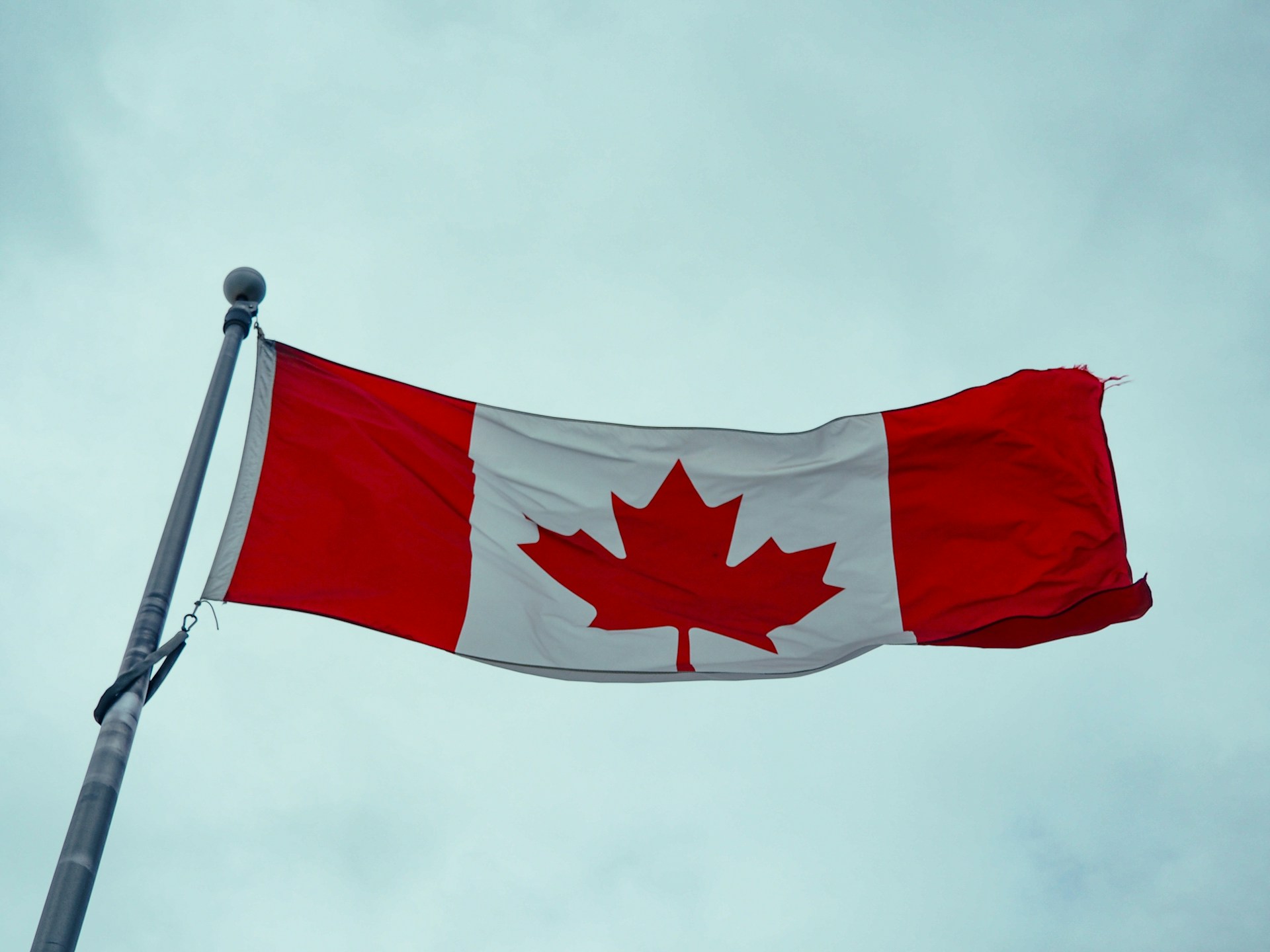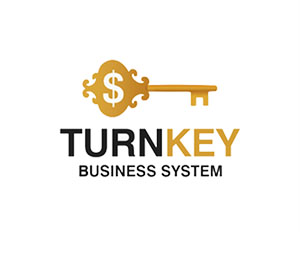Trump’s 35% Tariff on Canada Sparks Trade Tensions Amid Fentanyl Crisis

Trump’s 35% Tariff on Canada Sparks Trade Tensions Amid Fentanyl Crisis
In a dramatic escalation of trade tensions, U.S. President Donald Trump announced the imposition of a 35% tariff on Canadian imports, effective August 1.
The move, justified by Trump as a response to Canada's alleged role in the fentanyl crisis and its retaliatory tariffs against the U.S., has reignited debates over trade policies and their broader economic and diplomatic implications.
The move, justified by Trump as a response to Canada's alleged role in the fentanyl crisis and its retaliatory tariffs against the U.S., has reignited debates over trade policies and their broader economic and diplomatic implications.

Trump’s 35% Tariff on Canada Sparks Trade Tensions Amid Fentanyl Crisis
The Announcement: A Sharp Increase in Tariffs
On Thursday, Trump revealed via a letter published on his Truth Social platform that Canada would face a 35% tariff on its exports to the U.S.This decision comes amid ongoing disputes over trade balances and allegations that Canada has not done enough to curb the flow of fentanyl into the United States. According to data from U.S. Customs and Border Protection, 43 pounds of narcotics were seized at the northern border in 2024, with an additional 58 pounds confiscated this year alone.
Trump’s letter to Canadian Prime Minister Mark Carney criticized Ottawa for imposing its own tariffs instead of cooperating with Washington. “Instead of working with the United States, Canada has introduced its own tariffs,” Trump wrote. He added that if Canada collaborates on stopping fentanyl shipments, the U.S. might reconsider the punitive measures.
Canada’s Response: Progress and Resolve
Prime Minister Carney swiftly responded, emphasizing Canada’s efforts to combat the fentanyl crisis. In a post on X (formerly Twitter), Carney stated, “Canada has made significant progress in addressing the spread of fentanyl in North America. We remain committed to collaborating with the United States to save lives and protect communities in both our nations.”Carney also highlighted Canada’s determination to defend its workers and businesses. “We will continue to advocate for our interests until the new deadline of August 1,” he declared. This statement underscores Ottawa’s resolve to resist what it perceives as unjustified U.S. actions while maintaining open channels for negotiation.
Escalating Tensions: Retaliatory Measures
Trump’s announcement is not an isolated incident but part of a broader pattern of trade disputes between the two countries. Earlier this year, Canada introduced 25% tariffs on U.S. automobiles and other goods not covered by the United States-Mexico-Canada Agreement (USMCA). These measures were implemented in response to Trump’s earlier tariffs on Canadian steel and aluminum.The situation has been further complicated by Trump’s threat to terminate all trade negotiations with Canada unless Ottawa repeals its digital services tax targeting American tech companies. Although Canada eventually scrapped the tax to resume talks, tensions remain high. In March, Ottawa reiterated that its countermeasures would persist “until the U.S. lifts its tariffs on Canadian steel and aluminum products.”
Economic Impact: Trade Deficits and Beyond
According to U.S. Census Bureau data, total merchandise trade between the U.S. and Canada reached $761.8 billion in 2024. However, Washington’s trade deficit with Ottawa amounted to $62 billion last year, rising by 9.8% in the first five months of this year to $25.6 billion. These figures underscore the significance of the bilateral relationship and the potential consequences of escalating tariffs.Trump’s latest measures could exacerbate existing imbalances. By increasing tariffs on Canadian goods, the U.S. risks inflating prices for American consumers and straining supply chains heavily reliant on cross-border trade. Moreover, the ripple effects may extend beyond economics, damaging diplomatic ties and undermining regional stability.
Future Uncertainty: Conditional Tariffs
Adding to the uncertainty, Trump warned that the 35% tariff rate could rise further if Canada imposes additional retaliatory measures. “If you decide to increase your tariffs for any reason, our 35% will be augmented by whatever hike you choose,” he stated. Goods rerouted to evade higher tariffs will also face increased rates.Furthermore, Trump suggested that future tariff levels would depend on how relations evolve between Washington and Ottawa. He cited broader issues beyond fentanyl, accusing Canada of implementing tariff and non-tariff barriers that contribute to a persistent U.S. trade deficit. “This deficit poses a grave threat to our economy and, fundamentally, to our national security!” he asserted.
Broader Implications: A Shift in Global Trade Dynamics
Trump’s aggressive stance on tariffs reflects his broader vision for reshaping global trade dynamics. During an interview with NBC News, he hinted at raising tariffs to 15% or 20% for most trading partners—up from the current 10%. This approach aligns with his long-standing belief in prioritizing domestic industries through protectionist policies.However, such measures risk alienating key allies and disrupting global supply chains. For instance, Canada is one of the largest trading partners of the U.S., and any prolonged conflict could have far-reaching consequences for both economies. Additionally, Trump’s emphasis on reciprocity and unilateral action challenges multilateral frameworks like the World Trade Organization (WTO).
Balancing Security and Diplomacy
While Trump frames his tariff hikes as necessary for safeguarding American jobs and curbing the fentanyl crisis, critics argue that they may do more harm than good. Escalating trade wars could lead to inflationary pressures, reduced consumer choice, and strained international relations.For now, the ball remains in Canada’s court.
Will Ottawa pursue further retaliation, or will it seek common ground through diplomacy?
As negotiations continue, the world watches closely to see whether these two neighboring nations can find a path toward mutual benefit—or whether tensions will continue to mount.









Report
My comments